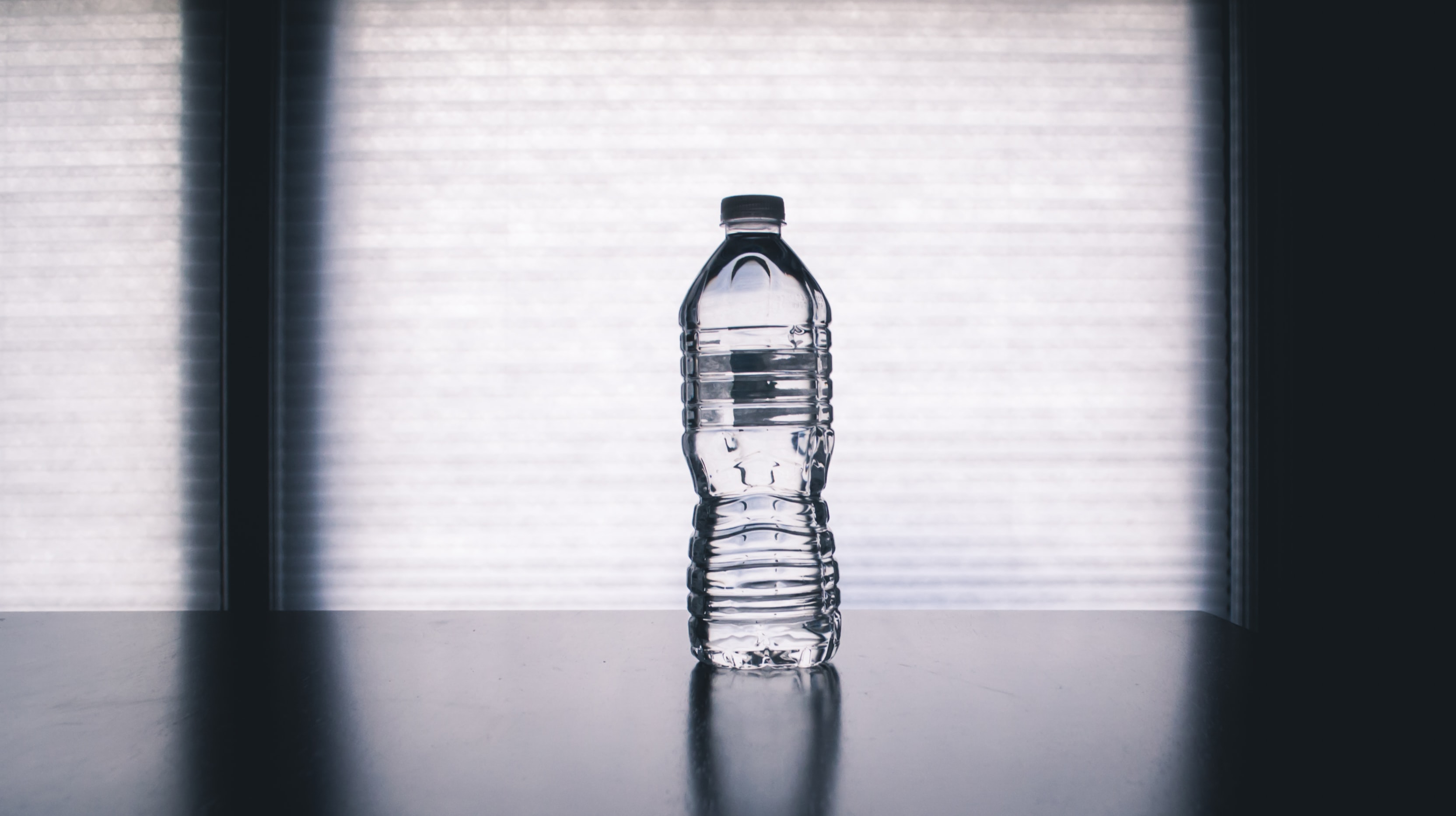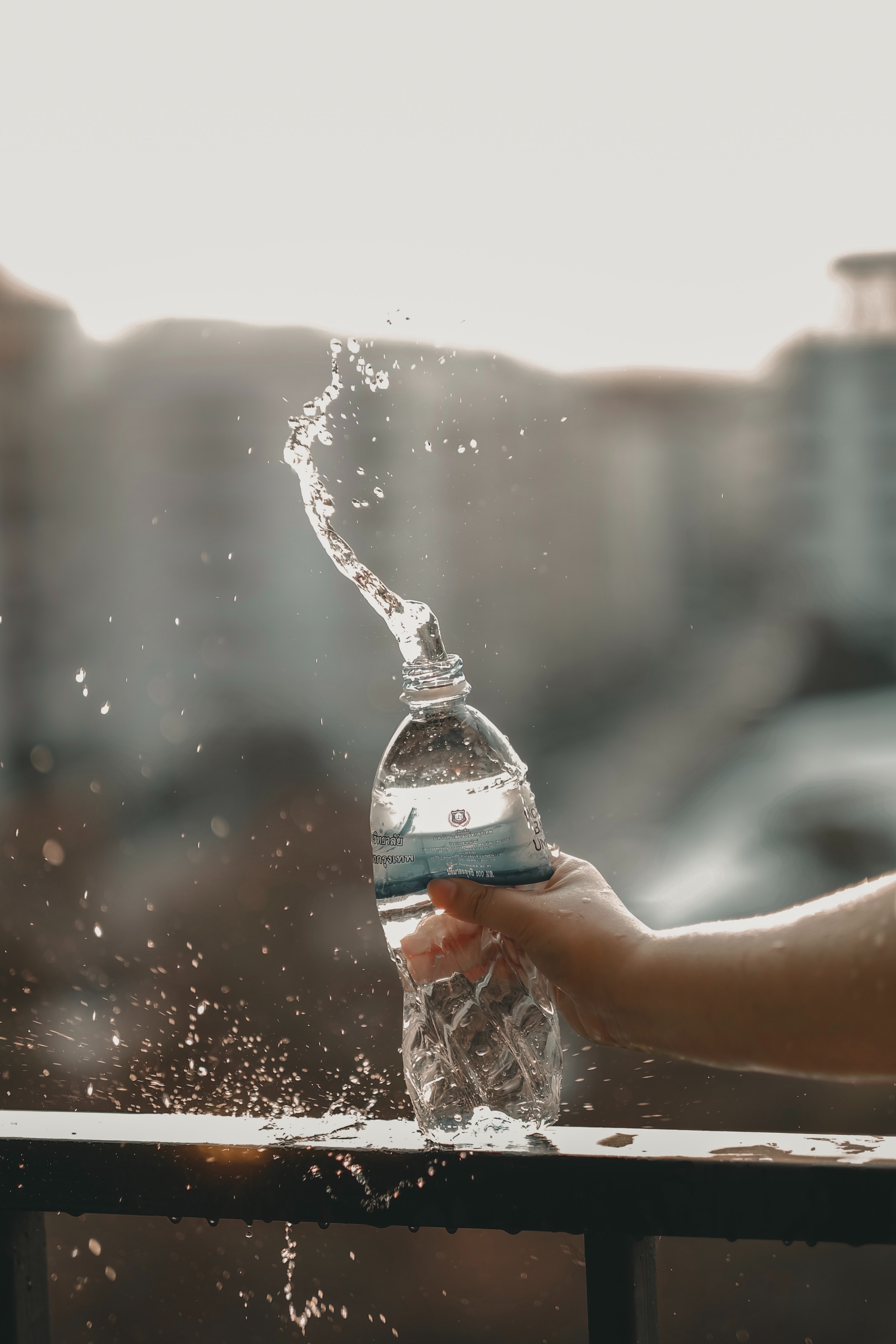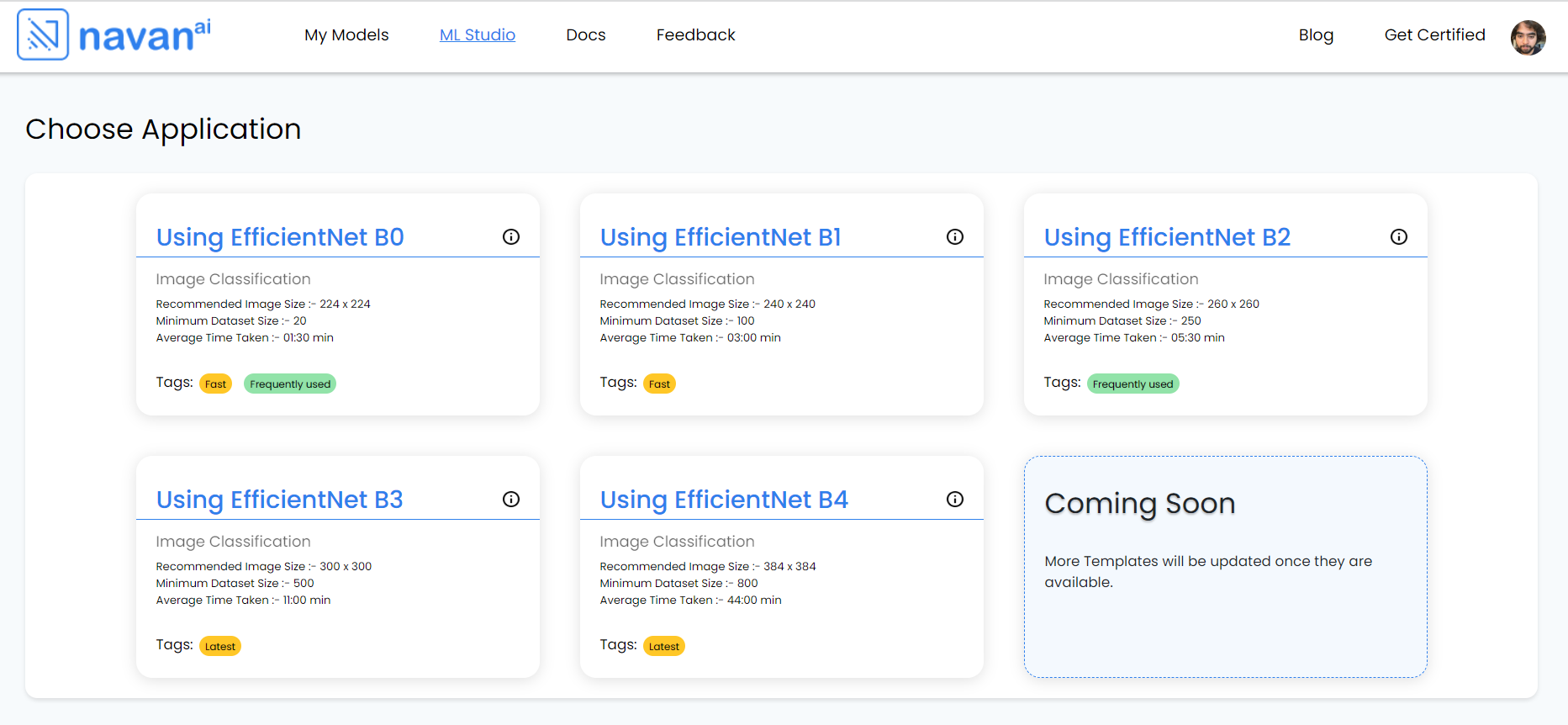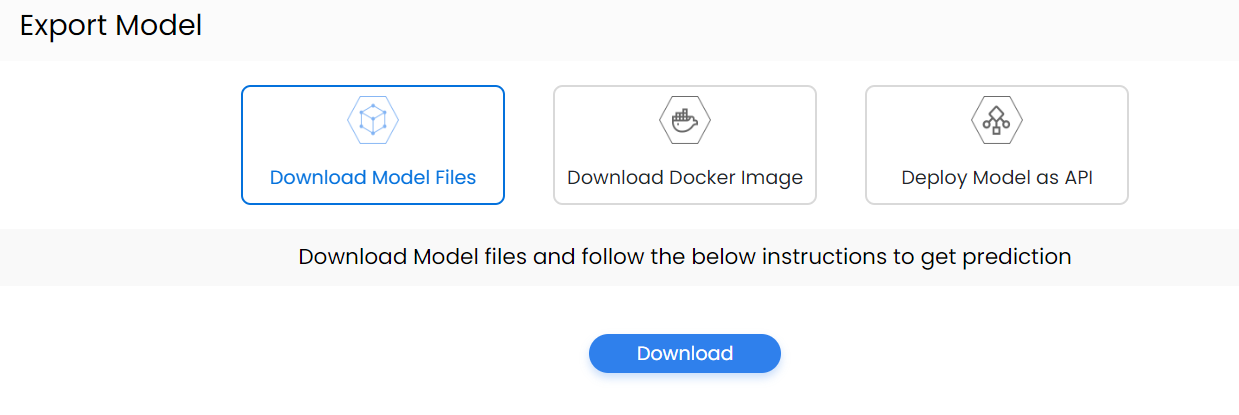
Image classification using Computer Vision is a powerful tool that can be used to identify half and fully-filled bottles. This technology uses machine learning algorithms to analyze digital images and classify them into different categories based on their visual characteristics.
With half and full-bottle image classification using AI, a dataset of images of bottles with different fill levels is used to train a machine-learning model. The model learns to identify the visual features that distinguish between half-filled and fully-filled bottles.
Once trained, the model can then be used to classify new images of bottles as either half-filled or fully filled with a high degree of accuracy.
Using computer vision to indicate water levels in water bottles can have several practical applications, including:
1. Health and Fitness: Many people use water bottles to track their daily water intake. With computer vision, water level indication can be used to monitor and track the amount of water consumed, helping individuals meet their daily hydration goals.
2. Manufacturing: Water level indication using computer vision can be used in the manufacturing of water bottles to ensure that each bottle is filled to the desired level.
3. Beverage industry: In the beverage industry, it's important to ensure that bottles are filled to the correct level to maintain consistent taste and quality. Image classification can be used to monitor and adjust the fill level of bottles on the production line in real time.
4. Hospitality: In hotels, restaurants, and cafes, water level indication can be used to ensure that customers are provided with the right amount of water.
5. Environmentally:
- Environmental sustainability: Water level indication in reusable water bottles can help promote environmental sustainability by encouraging people to use refillable water bottles instead of disposable ones.
- Environmental monitoring: In areas where littering is a problem, image classification can be used to identify and track bottles that have been discarded. This information can be used to target clean-up efforts and raise awareness about the importance of proper waste disposal.
6. Safety: Computer vision-based water level indication can be used to detect the presence of foreign objects in the water bottle, ensuring that the water is safe for consumption.
7. Recycling facilities: Sorting and separating bottles based on their fill level can help recycling facilities increase efficiency and reduce waste. For example, bottles that are only partially filled can be sent to a different processing line to be filled or emptied, while fully filled bottles can be processed separately.
8. Inventory management: By using image classification to identify half or fully-filled bottles, retailers and distributors can keep track of their inventory levels more accurately. This can help to prevent stock shortages and reduce waste by identifying bottles that are close to their expiration dates. Overall, using computer vision to indicate water levels in water bottles can help promote health, safety, environmental sustainability, manufacturing efficiency, reduce waste, and maintain consistent product quality in various industries.
Case study on the classification of half and full bottles:
One example of a case study on the classification of half and full bottles is a project carried out by a team of researchers from the National University of Singapore. Their study aimed to develop a computer vision system that can accurately detect the fill level of beverage bottles in real time.
To train their machine learning model, the researchers collected a dataset of over 1000 images of bottles with different fill levels, including both half-filled and fully-filled bottles. The images were captured under different lighting conditions and from different angles to ensure that the model can perform well in a variety of real-world scenarios.
The researchers then used a deep learning algorithm called convolutional neural network (CNN) to train their model on the dataset. The CNN model learns to identify the visual features that distinguish between half-filled and fully-filled bottles, such as the height of the liquid level relative to the bottle's neck and the curvature of the liquid surface.
Once trained, the model was able to accurately classify new images of bottles as either half-filled or fully filled with an accuracy of 98.8%. The model was also able to perform well under different lighting conditions and from different angles, demonstrating its robustness and suitability for real-world applications.

How navan.ai can help you build a model to Identify half or fully-filled bottle classification model without having to write a single line of code?
1. Visit nstudio.navan.ai, and sign up using your Gmail id.
2. Choose a suitable model architecture:
- EfficientNet-B2 is a pre-trained deep learning model designed for computer vision tasks such as image classification, object detection, and segmentation. It is based on the Convolutional Neural Network (CNN) architecture and is designed to improve upon the previous EfficientNet models in terms of both accuracy and computational efficiency.

- The "B2" in the name refers to the model's size, which is determined by a combination of the depth, width, and resolution of the network.
3. Training the model: we have named the Model “WATER LEVEL INDICATION IN BOTTLES”. We are building 3 classes here
The images are uploaded to Class 1 [Full water level]

The images are uploaded to Class 2 [Half-water level]

The images are uploaded to Class 3 [Overflowing level]

The next step is to click on the start training button so that the model can be trained.

4. Testing the model: Once the WATER LEVEL INDICATION IN BOTTLES model has been trained, the next step is to test the model to see if it is performing according to our expectations. It can be evaluated using a separate test dataset to determine its performance and make any necessary adjustments before deploying it in a real-world application.

5. Deploying the model: The easiest way to deploy the computer vision model is by using the list of export models on navan.ai. We have 3 options: Deploy a model using Model files, Deploy a model through Docker, and lastly deploy the model as API. You can integrate the model with your application to get a scalable use case and build using your data without any coding on navan.ai.

Here’s a video showing how you can build a fluid level in bottles by using Computer Vision AI Model on navan.ai:
navan.ai is a no-code computer vision platform that helps developers to build and deploy their computer vision models in minutes. Why invest 2 weeks in building a model from scratch when you can use navan.ai and save 85% of your time and cost in building and deploying a computer vision model? Build your models, share knowledge with the community, and help us make computer vision accessible to all. navan.ai also helps organizations with MLOps by setting up CT, CI, and CD pipelines for ML applications.
Visit navan.ai and get started with your computer vision model development NOW!
